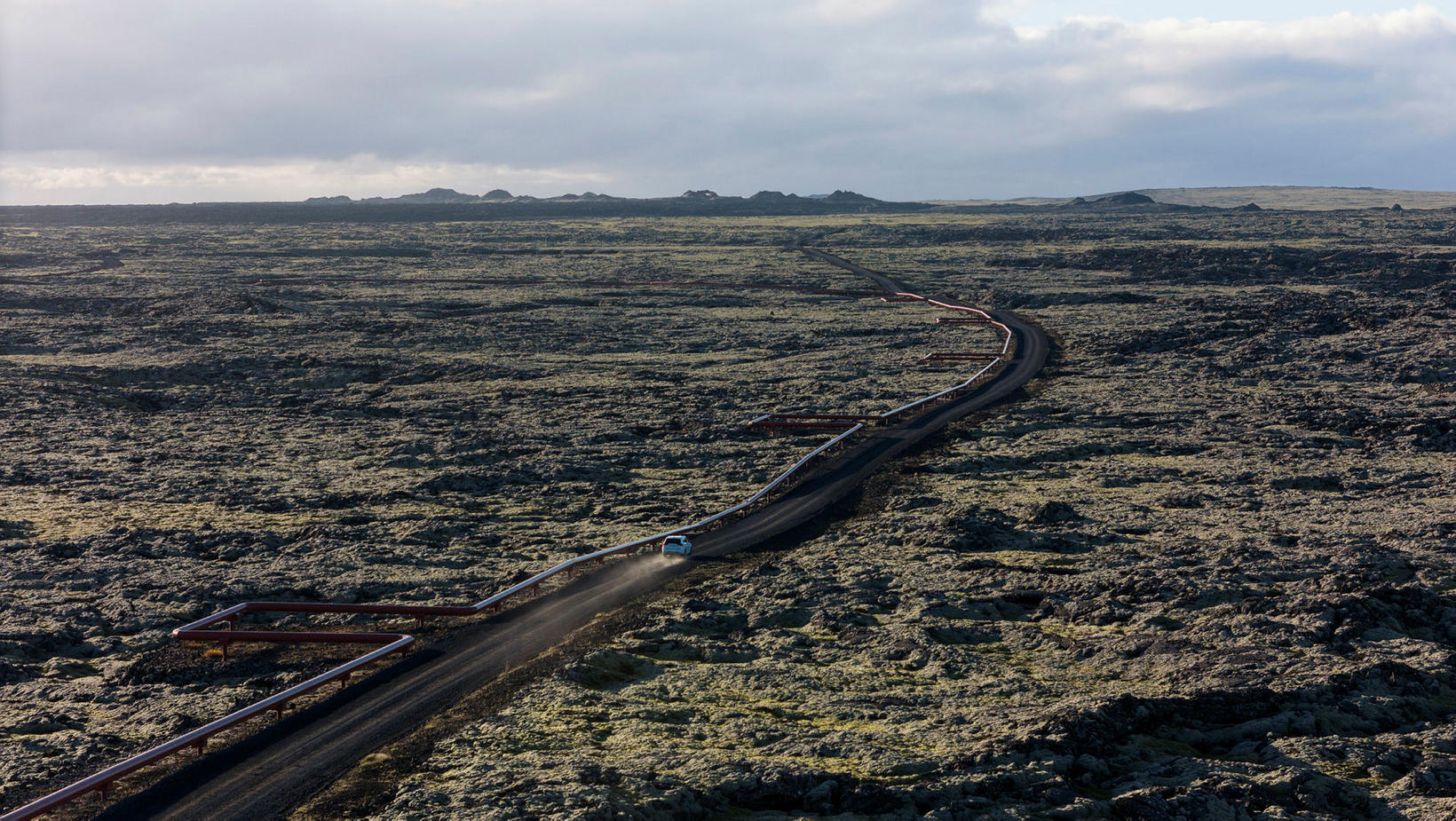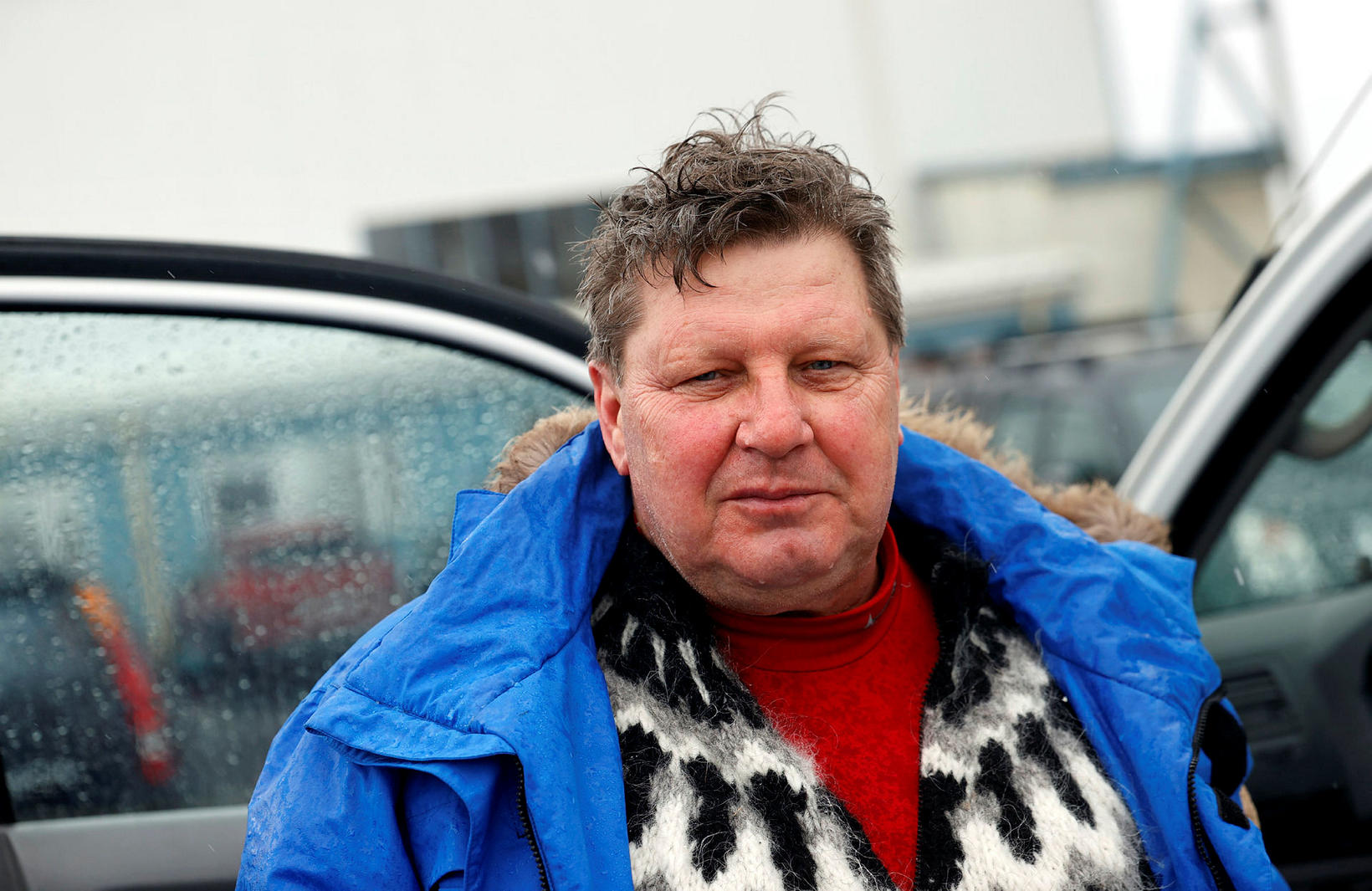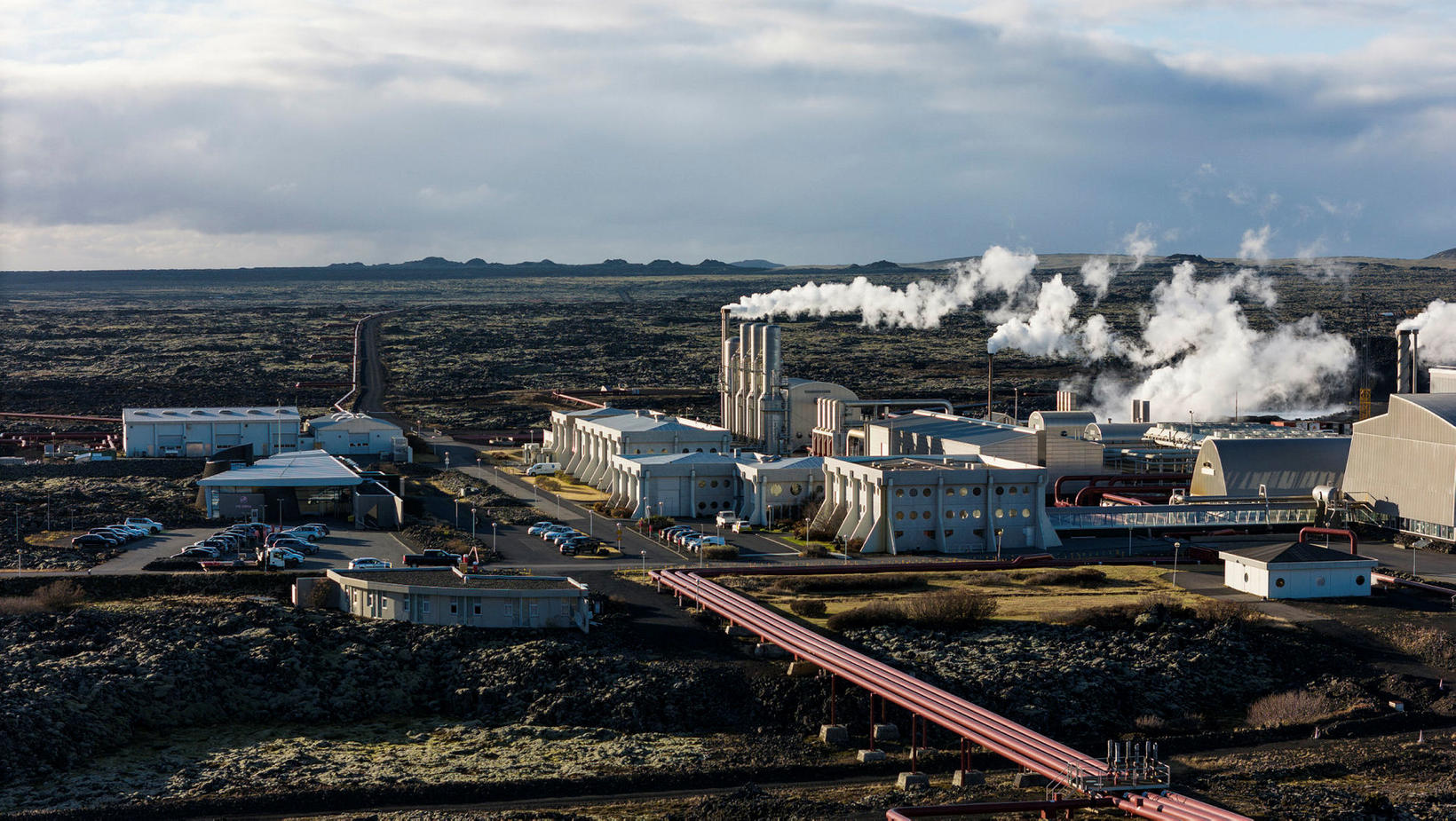"Coming close to an eruption"
Land has been rising fast near Svartsengi powerplant and the Blue Lagoon in recent days. mbl.is/Hákon Pálsson
“I’m scared that we’re coming close to an eruption,” says Þorvaldur Þórðarson, a professor of volcanology and rock science, when asked for his opinion on the morning’s earthquake on the Reykjanes peninsula.
He says that people should think in hours rather than days, both with regard to volcanic eruptions and evacuation plans.
Several large earthquakes have occurred since midnight. Just before 5 am, a magnitude 4.2 earthquake hit, and just after eight o’clock, a magnitude 4.3 earthquake hit. There are also more than ten earthquakes of more than three magnitudes.
Þorvaldur Þórðarson, professor of volcanology at the University of Iceland. mbl.is/Eggert Jóhannesson
The magma is at a smaller depth
“It seems to me that the magma has reached a smaller depth. It spreads from 4-5 kilometers to almost the surface,” Þórðarson says.
What are we talking about, a few hours or days?
“It could be either hours or days. I think we’re pretty close to this. The land continues to rise as everyone can see,” Þórðarson says.
According to Þórðarson, the earthquakes that have occurred today are spreading over a known volcanic fissure. “The earthquakes seem to follow these fissures north-south, or just east or the northern fissures,” he says.
Could start with a bang
Þórðarson said he was very worried that a volcanic eruption would start with a bang at this location because of the nature of the magma.
“The magma will definitely be a little rougher. It’s magma that has accumulated at a shallower depth. To reach up to that level, it needs to be more lighter in weight. So it’s expected to be less rich in magnesium. If it becomes as rough as we call it, it means it will have more magma gases,” he explains.
He says it is possible that then a fairly powerful magma eruption could form. “If there’s an eruption in these places, it’s a rather difficult situation and we can expect a relatively high productivity at the beginning of an eruption. Then maybe a so-called felsic lava field would form,” Þorvaldsson says.
He says that in such an eruption, the gushes that go up into the magma would hit the earth, merge into one liquid and flood away. “It can flood very quickly. You’re most worried about the beginning of the eruption.”
Encourages authorities to take measures
He says that the response time is not very long. The distances are short, no matter where the volcano would erupt in the area that is shaking. He says it is time to consider evacuation plans in the area.
“Of course, it’s only one scenario. But we can get a scenario that gives us very little time to react and I encourage people to keep that in mind and take measures accordingly. Don’t think about it as a matter of days, but think about it as a matter of hours,” Þórðarson says.
He says that it is known that magma felsic lava can pass very quickly, tens of kilometres per hour. “But I’m not saying for sure that it would happen,” he adds.
Emissions from a well in Krafla
When asked about the effects of geothermal energy in the area, Þórðarson says that he is not as worried about it. He thinks the safety of people in the area is what matters above all else.
“If we get an eruption there near the geothermal area in Svartsengi, it’s likely that the magma that comes up there will have some effect on the geothermal area. I understand that HS Orka hasn’t been seeing any changes in its wells, and that’s a good sign,” Þórðarson says, then reminisces about the Krafla fires.
“But this happened in Krafla. Then even a eruption came from the well,” he says.
He says there is more time to react when it comes to assessing the impact.
“If you get magma intrusion flow at a relatively shallow depth, as seems to be happening here, it takes some time for the heat in the magma to move into the geothermal-system with geothermal-conductivity. But once it starts, it can increase the temperature in the geothermal-system.”












